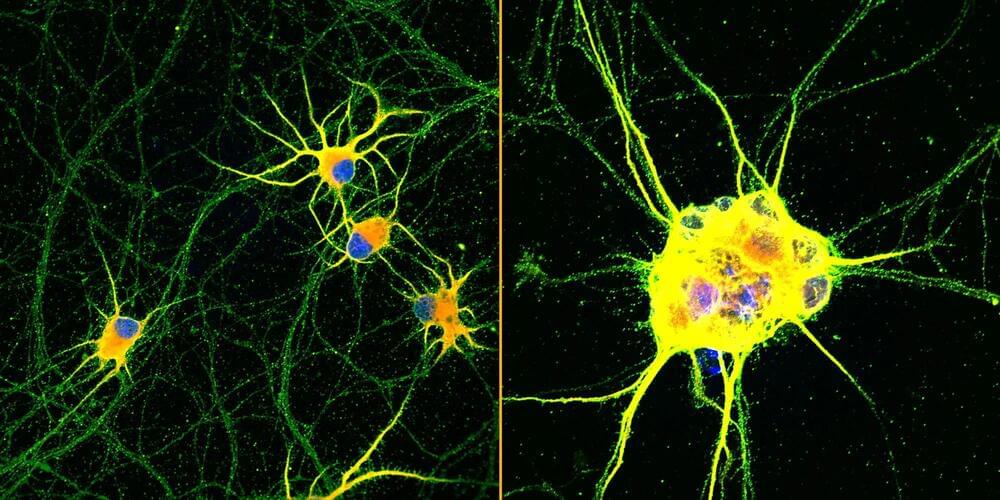A team of researchers led by Northwestern University has achieved a breakthrough by producing the most mature neurons to date from human induced pluripotent stem cells (iPSCs). This advancement opens up new avenues for medical research and the possibility of transplantation therapies for conditions such as neurodegenerative diseases and traumatic injuries.
Previous efforts to turn stem cells into neurons have resulted in functionally immature neurons that resemble those from the early stages of development. The limited maturation achieved through current stem cell culture methods restricts their potential for studying neurodegeneration.
The study was recently published in the journal Cell Stem Cell.








